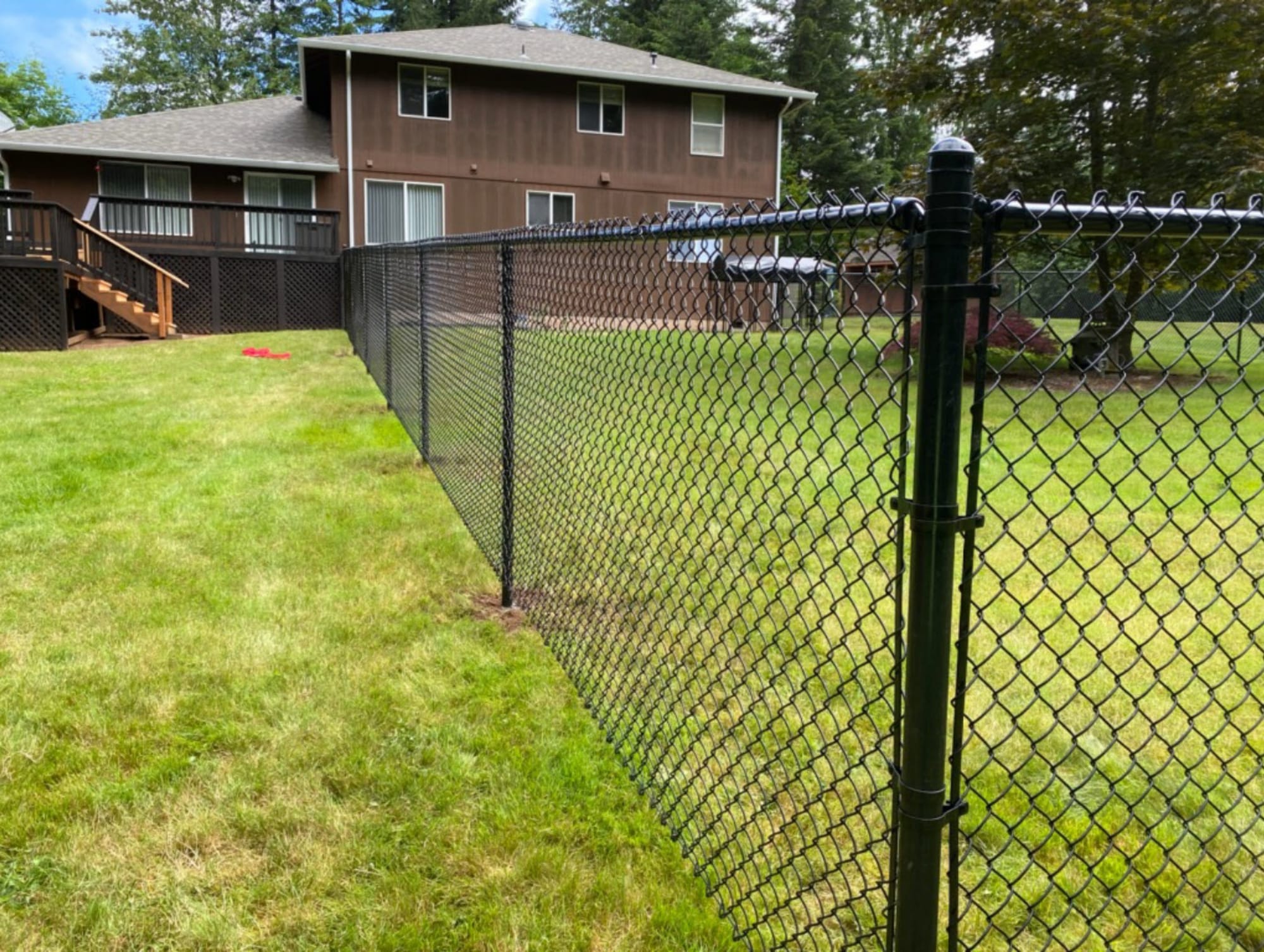All Categories
Featured

When considering setting up a fencing on your residential or commercial property, one of the most important actions is to understand whether you need a permit. The particular licenses required can differ depending on your place, the type of fence you prepare to install, and the elevation or placement of the fencing.
Why You Required a Permit for a Fence Setup. The authorization procedure aids neighborhood authorities confirm that your fencing does not interfere with web traffic presence, regard your residential or commercial property lines, or break height limitations. Installing a fence without a permit can result in fines, elimination of the fence, or hold-ups in building, so it's necessary to inspect whether an authorization is needed prior to starting your project.
Kinds Of Permits You Might Need. There are a few common sorts of authorizations you could require for a fence installment:
Structure License. A building permit is the most typical permit required for fence setups. This license makes certain that the fence meets safety and security requirements and is built according to neighborhood building ordinance. A building license is commonly needed if the fence surpasses a specific height (frequently 6 feet), is made of particular products, or lies near a public pathway or roadway.
Zoning Permit. A zoning permit may be called for to verify that your fencing follows regional zoning laws. Zoning regulations can dictate where a fence can be positioned on your residential property, how high it can be, and whether it is allowed certain locations (such as along property lines or ahead backyards) Some towns have laws restricting the height of fencings in the front lawn to guarantee presence for motorists and pedestrians.

Setback License. If you are developing a fence near your building line or near to a street, you might require a setback permit. A trouble refers to the distance a structure, including fencings, need to be from the property line. Obstacle guidelines differ by location, and making certain that your fencing is placed correctly can protect against problems with next-door neighbors and prevent infractions.
House Owner Organization (HOA) Approval. If you stay in a community controlled by a Homeowner's Association (HOA), you may require authorization from them along with neighborhood authorizations. HOA regulations frequently cover the sort of materials, height, design, and shade of fences. Even if your city government does not call for a license, your HOA might still have details standards that require to be adhered to.
Just How to Look For a Fencing License. To obtain a fence authorization, you'll require to contact your regional building department or planning office. The application process normally involves loading out a kind, paying a fee, and submitting a website strategy of your home that reveals the recommended location of the fence. You might also require to include information regarding the materials, height, and design of the fencing.
In many cases, a neighborhood authorities may need to inspect your residential or commercial property prior to authorizing the authorization. When the license is approved, you will certainly be authorized to continue with your fencing installment.
When Is a License Not Needed? In particular situations, a permit might not be called for. These circumstances can include:
Low Height Fences: In numerous locations, fences that are listed below a particular elevation (typically 3 to 4 feet) might not require a permit, especially if they are positioned in the backyard or various other non-visible areas.
Fencing Substitute: If you're replacing an existing fence with the exact same elevation and material, some areas might not need a new permit.
Non-Obtrusive Fences: Momentary or decorative fencings, such as those made use of for gardening or landscaping functions, might not call for licenses as long as they are low and not permanent.
Nonetheless, it is necessary to consult your local zoning workplace or building department, as policies can differ by territory.
Consequences of Not Getting a Permit. Stopping working to obtain the needed authorizations can lead to considerable effects. These consist of penalties, compelled removal of the fencing, or also delays in building. Additionally, if your fencing doesn't satisfy regional guidelines, you might face lawful problems with next-door neighbors or regional authorities.

Conclusion. When setting up a fence, it's essential to research the license requirements in your area. By making certain that you comply with local policies and obtain the essential authorizations, you can ensure and stay clear of expensive errors that your fence is lawfully certified. Contact your regional structure division, HOA, and zoning office to identify what licenses are required for your details fence task. This step is important to shield both your investment and your residential or commercial property's value.
Latest Posts
Find Montclare Auto Repair’s Most Popular Auto Repairs and Why Drivers Choose Them
Published en
1 min read
Shield Your Home with High Quality Residential Roof
Published en
1 min read
Uncover Budget-Friendly Auto Repairs with Montclare’s Exclusive Service Specials
Published en
1 min read
More
Latest Posts
Find Montclare Auto Repair’s Most Popular Auto Repairs and Why Drivers Choose Them
Published May 23, 25
1 min read
Shield Your Home with High Quality Residential Roof
Published May 22, 25
1 min read
Uncover Budget-Friendly Auto Repairs with Montclare’s Exclusive Service Specials
Published May 22, 25
1 min read